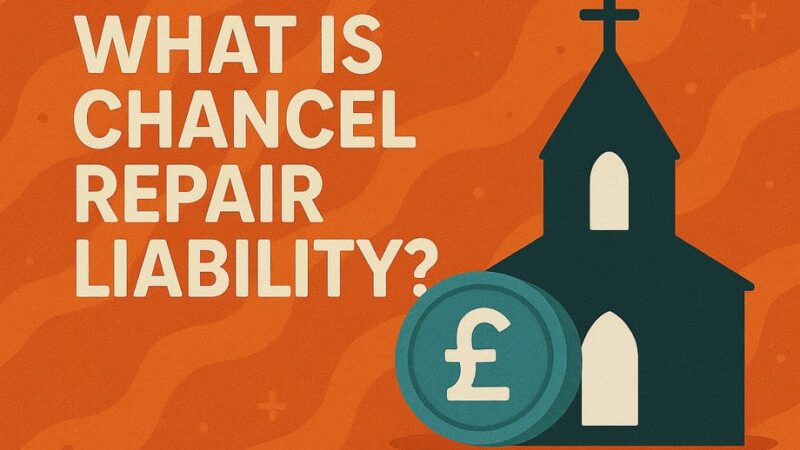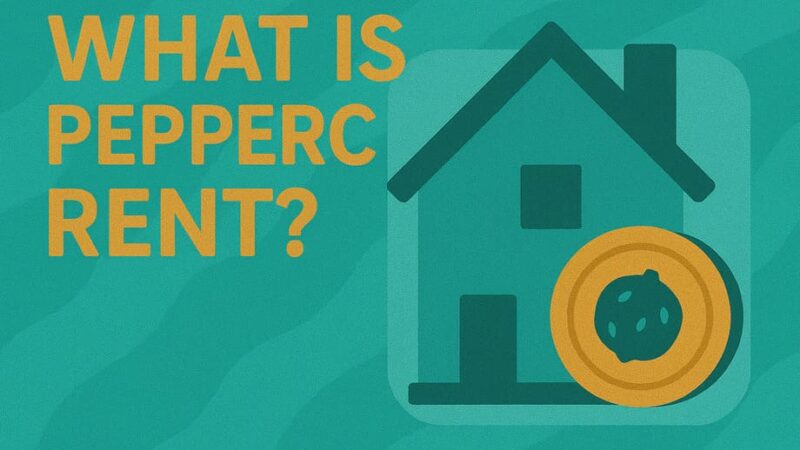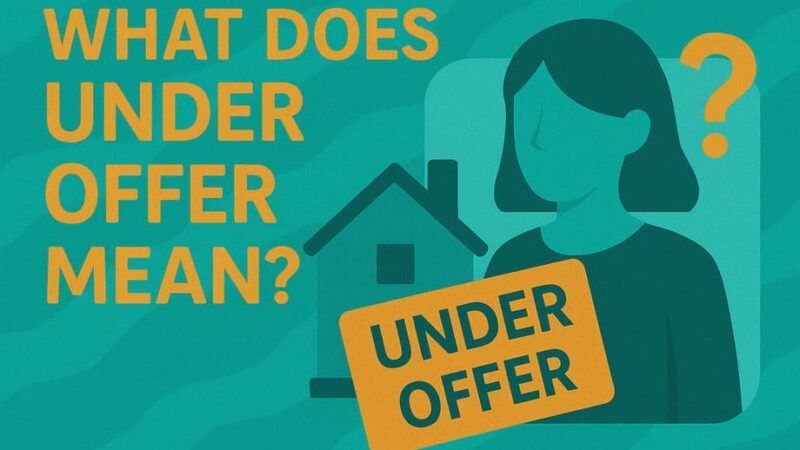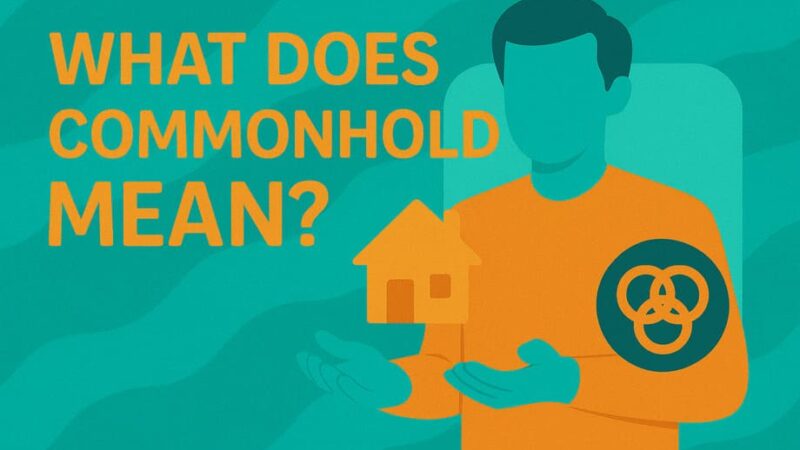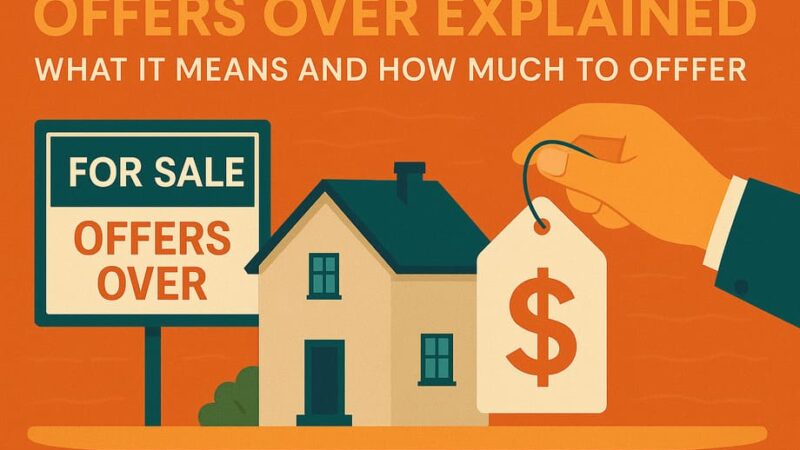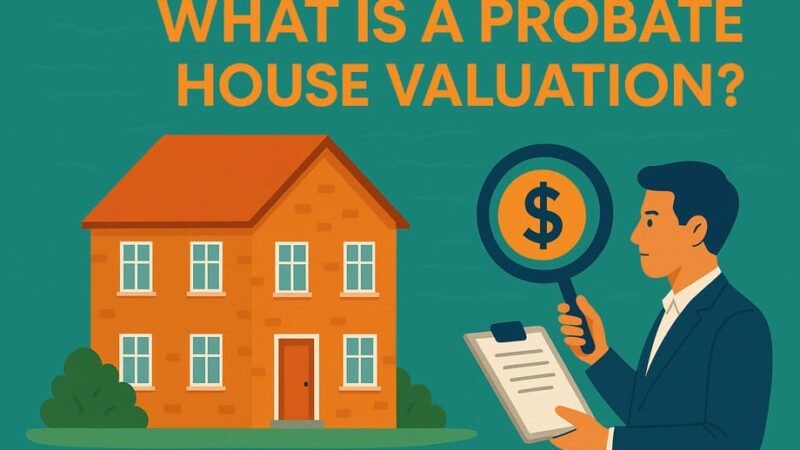What is a Leasehold vs Freehold in the UK? A Simple Guide for Homebuyers
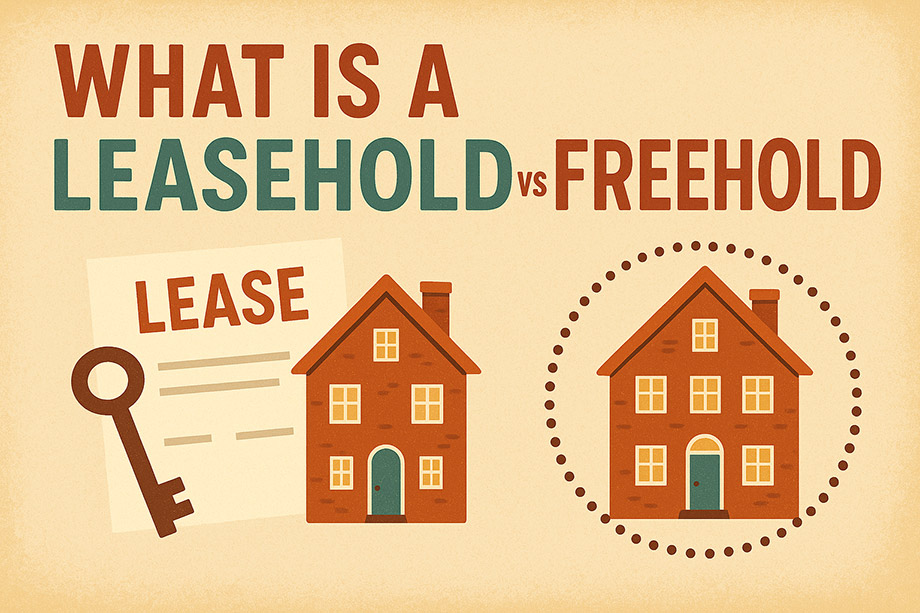
If you’re buying a property in the UK, you’ll likely come across the terms “leasehold” and “freehold.” Understanding the difference is key because it affects how you own your home, the costs you’ll face, and your rights as a property owner. Here’s a straightforward guide to help you understand what leasehold and freehold really mean and what to consider before buying.
Table of Contents
What Does Freehold Mean?
Freehold means you own the property and the land it stands on outright, with no time limit. You have full control over your home, including the land, and you’re responsible for all maintenance and repairs. This type of ownership is common for houses.
With freehold, you don’t have to pay ground rent or service charges to anyone else. You can make changes to your property (within planning rules) without needing permission from a landlord.
What Does Leasehold Mean?
Leasehold means you own the property for a fixed period, but not the land it sits on. The land belongs to a freeholder, often called a landlord. When you buy a leasehold home, you’re essentially renting the land for a number of years, which is set out in your lease.
Leases often last from 99 to 125 years but can be longer or shorter. Once the lease expires, ownership usually reverts to the freeholder unless you extend the lease or buy the freehold.
What Costs Should You Expect?
Leasehold properties often come with additional costs that freeholders don’t face. These can include:
- Ground rent: an annual fee paid to the freeholder
- Service charges: fees for maintenance of shared areas or building insurance
- Costs to extend the lease or buy the freehold
Freeholders generally avoid these extra fees but are responsible for all upkeep and repairs on their own.
How Does Ownership Affect Selling?
If you own a leasehold property, selling can sometimes be trickier if the lease is short. Buyers prefer properties with longer leases because shorter leases can make mortgages harder to get and reduce the property’s value.
Freehold properties are generally easier to sell because the ownership is straightforward and there are no lease restrictions.
Recent Changes in Leasehold Law
The UK government has introduced reforms to make leasehold ownership fairer, including banning escalating ground rents on new leases. These changes aim to reduce the hidden costs leaseholders face and give them more power to extend leases or buy the freehold.
Pros and Cons of Leasehold and Freehold
Freehold Pros:
- Full ownership of property and land
- No ground rent or service charges
- Easier to sell
Freehold Cons:
- Full responsibility for repairs and maintenance
Leasehold Pros:
- Often more affordable upfront
- Access to flats and apartments which are mostly leasehold
Leasehold Cons:
- Additional fees like ground rent and service charges
- Lease length affects property value and mortgage options
- Potential restrictions on property changes
How to Check If a Property is Leasehold or Freehold
You can usually find out by checking the property details with the estate agent or solicitor. The title deeds will clearly state if a property is leasehold or freehold. It’s important to understand this before buying to avoid surprises later.
Final Thoughts
Knowing whether a property is leasehold or freehold is crucial when buying in the UK. Freehold offers more control and fewer extra costs, but leasehold can be a good option, especially for flats and more affordable homes. Always check the lease length and associated fees, and consider getting professional advice before making a decision.
If you want to buy a leasehold property, understand the terms clearly and plan for possible costs like ground rent and lease extensions. This will help you avoid any pitfalls and enjoy your home with confidence.
Last Updated on July 29, 2025 by James Cartwright


